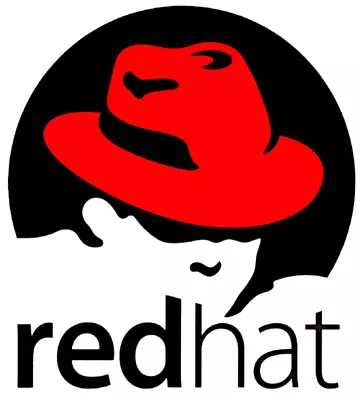
Since its founding in 1993, open source has been in Red Hat’s DNA. From offering one of the earliest Linux operating system distributions to creating the Fedora project for the development of free and open source software, to managing the opensource.com website, Red Hat has been synonymous with an open and collaborative culture. According to Red Hat, “open collaboration actually removes challenges that many other enterprises face by eliminating bottlenecks and ensuring a free flow of information.”
Red Hat’s origins date to 1994, when Marc Ewing released his own distribution of Linux called Red Hat Linux. Gaining the interest of businessman Bob Young, the two teamed up to create Red Hat Software. Legend has it that Ewing chose the name Red Hat because of a Cornell University lacrosse hat he was given. Cornell’s sports teams are known as ‘Big Red.’
In those early years, the company was able to experiment, innovate, and perfect a community-based development model. “Red Hat gained lots of experience participating in communities, adding features and functionality desired by customers, and then testing, hardening, compiling, and distributing stable, workable versions to customers,” the company wrote. “It was during this time that Red Hat emerged as the open-source leader, a role it still enjoys today.”
In 2000, open-source evangelist Matthew Szulik become the next Red Hat CEO. The company released its flagship Red Hat Enterprise Linux in 2002. “[Open Source] was a seller of the Red Hat Enterprise Linux distribution,” said Mike Walker, global director of Open Innovation Labs at Red Hat. “Since then, Red Hat has grown exponentially, becoming the first $2 billion open-source company. It expanded its business into numerous new sectors including enterprise storage, container management, middleware, cloud computing, training, and much more. Over the years Red Hat has acquired numerous other companies — once a company is acquired by Red Hat they open-source its technology — to allow it to expand its product offerings and further build out open source software solutions.”
Today, the company is led by CEO Jim Whitehurst, who took the reins in 2007. In 2009, Whitehurst along with a collaborative effort from everyone at Red Hat came up with the company’s mission statement: “To be the catalyst in communities of customers, contributors, and partners creating better technology the open source way.” The company says feedback was gathered from all employees to ensure it represented the entire company as well as stayed within Red Hat’s open source vision.
According to Red Hat, the open source way is a way of thinking. It is about having the freedom to see the code, to learn from it, to ask questions and offer improvements. The open source way applies to principles that transcend enterprise IT, such as culture, transparency, adaptability, and collaboration.
“The open source way is changing the world in the same way the open source model has changed software,” said Walker. “The characteristics found in the communities of open-source coding define our work culture and perspective.”
“Instead of being seen as an alternative choice or a cost-saving option, open source is now the new normal in enterprise technology,” Walker added. “It is where innovation is happening and its enabling organizations to take a more agile approach to digital transformation. Beyond that, proprietary software is now being seen as a ‘lock-in’ for organizations and it being avoided or discarded wherever possible.”






